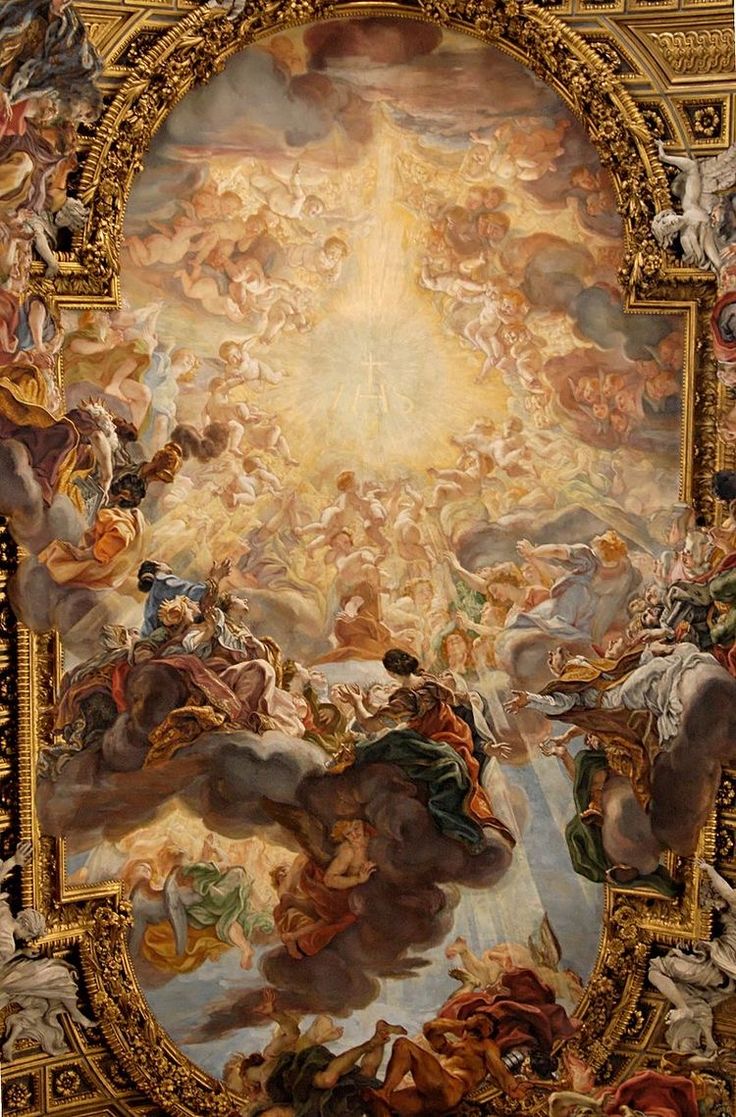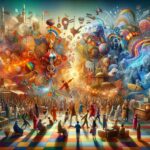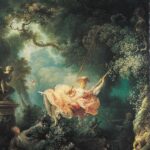The Renaissance (14th–17th Century): A Cultural Revolution
The Renaissance, a period of profound cultural, artistic, and intellectual transformation, spanned from the 14th to the 17th century. Known as the “rebirth” of classical learning, the Renaissance marked a turning point in history, one that greatly influenced modern Western civilization. The Renaissance wasn’t just a period of artistic achievement but also a time when new ideas about science, philosophy, and human nature were born, reshaping the way we understand the world around us.
In this exploration, we will look at the Renaissance’s historical significance, the impact it had on daily life, and why it continues to shape our society today.
History and Context
It emerged in Italy, particularly in cities like Florence, Venice, and Rome, before spreading across Europe. This period followed the Middle Ages, a time characterized by a focus on religion and the feudal system. By contrast, the Renaissance emphasized humanism, a worldview that placed importance on the individual, human potential, and the classics of ancient Greece and Rome.
The period began in the 14th century with artists like Giotto and architects like Filippo Brunelleschi, who started to introduce new techniques and ideas into their works. However, it was in the 15th century, with figures such as Leonardo da Vinci, Michelangelo, and Raphael, that the Renaissance truly flourished. This era produced groundbreaking works in visual arts, literature, and architecture, and saw the advent of revolutionary scientific discoveries.
One of the catalysts for the Renaissance was the fall of Constantinople in 1453, which brought ancient Greek and Roman texts to Europe, spurring interest in classical learning. Additionally, the printing press, invented by Johannes Gutenberg in the 1440s, played a crucial role in spreading knowledge and ideas throughout Europe.
Daily Life During
During the Renaissance, life for most people was still centered around agriculture, and the majority of the population lived in rural areas. However, urban life began to flourish, especially in Italian city-states like Florence and Venice, which became hubs for trade, culture, and intellectual activity.
- Intellectual Life: Scholars rediscovered the works of ancient philosophers, mathematicians, and scientists. Education became more widely available, although it was still primarily for the wealthy elite. The advent of humanism emphasized education, individual thought, and inquiry, which led to the growth of universities and libraries.
- Art and Literature: The Renaissance was a golden age for art and literature. Artists began to employ more realistic techniques, focusing on anatomy, perspective, and light. Writers like Dante Alighieri and Geoffrey Chaucer laid the foundation for Renaissance literature, while playwrights such as William Shakespeare reached the height of their careers in the late Renaissance.
- Religion and Spirituality: Although the Renaissance was a time of secularization, religion remained an essential part of daily life. The Catholic Church was a dominant power, and much of the Renaissance art was commissioned by the Church to depict biblical themes. However, the rise of humanism led to a shift in thinking, with more people questioning religious authority and seeking personal connections with faith.
- Social Hierarchy: Society during the Renaissance was still largely stratified, with a distinct divide between the nobility, clergy, and peasants. However, there was a growing middle class, particularly in urban centers, who were able to participate in trade, finance, and even patronize the arts.
- Science and Innovation: The Renaissance also saw major strides in scientific discovery. Figures like Nicolaus Copernicus, Galileo Galilei, and Leonardo da Vinci challenged medieval understandings of the cosmos and the human body, setting the stage for the Scientific Revolution.
Key Facts
- Humanism: A key intellectual movement of the Renaissance that emphasized the value of the individual, the study of classical texts, and the importance of secular knowledge.
- Art: Renaissance art is characterized by realistic perspectives, the study of human anatomy, and the use of light and shadow. Prominent artists include Leonardo da Vinci, Michelangelo, Raphael, and Donatello.
- Science: The Renaissance set the stage for modern science by promoting observation, experimentation, and the questioning of long-held beliefs. It led to breakthroughs in anatomy, astronomy, and engineering.
- Architecture: The period saw a return to classical Roman architectural principles, with the development of domes, arches, and columns. Architects like Brunelleschi and Michelangelo left their mark on iconic buildings like St. Peter’s Basilica.
- Literature: Writers like Dante, Petrarch, and Erasmus inspired a literary Renaissance, using language to explore human emotion, philosophy, and society.
Significance in Today’s World
The Renaissance had a profound and lasting impact on the development of modern Western civilization. Many of the intellectual, artistic, and scientific achievements of this era laid the foundations for subsequent cultural movements, such as the Enlightenment and the Modern Era.
- Artistic Legacy: Renaissance art remains an enduring influence on contemporary visual arts. The emphasis on realistic representation, the use of perspective, and the celebration of human form continue to inform artists today.
- Intellectual Legacy: The Renaissance’s focus on humanism and the quest for knowledge shaped modern education, philosophy, and science. Universities, libraries, and the scientific method all owe a debt to the Renaissance’s intellectual pursuits.
- Political and Social Change: The Renaissance contributed to the decline of feudalism and the rise of more centralized nation-states. It also promoted the idea of the individual, which influenced ideas of democracy and human rights in the modern world.
Frequently Asked Questions (FAQs)
- What caused? The Renaissance was driven by a renewed interest in the classical texts of Ancient Greece and Rome, the fall of Constantinople, the rise of the merchant class, and the development of new technologies like the printing press.
- What is humanism? Humanism is the belief in the importance of human values, individual potential, and the study of classical antiquity. It emphasized reason, ethics, and the pursuit of knowledge.
- Who were the key figures? Key figures include artists such as Leonardo da Vinci, Michelangelo, and Raphael; writers like Dante Alighieri and Geoffrey Chaucer; scientists like Galileo and Copernicus; and thinkers like Petrarch and Erasmus.
- What were some major accomplishments? The Renaissance produced iconic works of art, literature, and architecture. It also paved the way for the Scientific Revolution, with groundbreaking discoveries in astronomy, anatomy, and physics.
- How did the influence modern society? The Renaissance shaped modern ideas about science, politics, art, and philosophy. Its legacy can be seen in modern education systems, democratic principles, and contemporary art.
The Significance in Today’s Society
It remains one of the most important periods in human history. Its contributions to art, science, and thought are still relevant today, influencing the way we understand and engage with the world. Whether it’s the works of Michelangelo or the ideas of Copernicus, the Renaissance offers a reminder of the boundless potential of human creativity and intellect.
In a modern world that continues to value innovation and exploration, the Renaissance stands as a testament to the enduring power of curiosity, creativity, and the pursuit of knowledge. It encourages us to look back at our past, not just as a historical record but as a source of inspiration for the future.
Final Thought: It influence can be seen not only in the masterpieces of art but also in the very ways we think, create, and understand the world. It is a reminder that progress is born from reimagining the possibilities of our own humanity.










